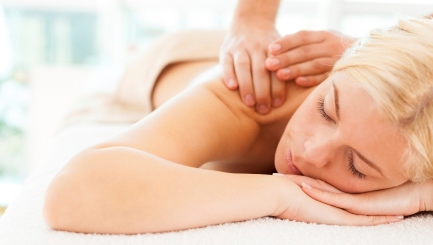
Through thousands of year of massage, specific techniques have evolved in relation to the needs of different bodies and areas. Such developments take on various names and uses depending on its place of origin, or the practitioner who came up with it. We can safely say that massage has developed and proliferated with one wellness aim at its centre; promoting the body’s innate ability to self-heal. What we sometimes write off as ‘mere relaxation’ is actually a physical therapy of the highest order. Calming the sympathetic nervous system through massage is actually an essential part of recovering the ‘fight or flight’ reaction and restoring the whole system to balance.
Another way to phrase the wellness aim of massage is to say that its purpose is to remove restrictions in the body. All styles of massage work on the body’s connective tissues, meaning primarily the musculoskeletal system but not forgetting tendons, joints, ligaments, fascia and sometimes even organs. Lighter, relaxing forms of massage can do wonders for circulation and lymph drainage and ensure that the bodily system stays in full flow. Deeper styles of massage are able to loosen tight muscle or areas of repetitive strain and can break up tendon and ligament adhesions.
The ‘Manual Medicine’ we find in the various massage techniques of the world maintains a central place in the modern scientific mindset, and for good reason. Whether we approach medicine as a preventative or curative modality, it always makes sense to help your body function to its maximum capability. Massage is the number one natural aid to achieving this, in removing blocks from the body and helping it access its innate ability to heal itself.
